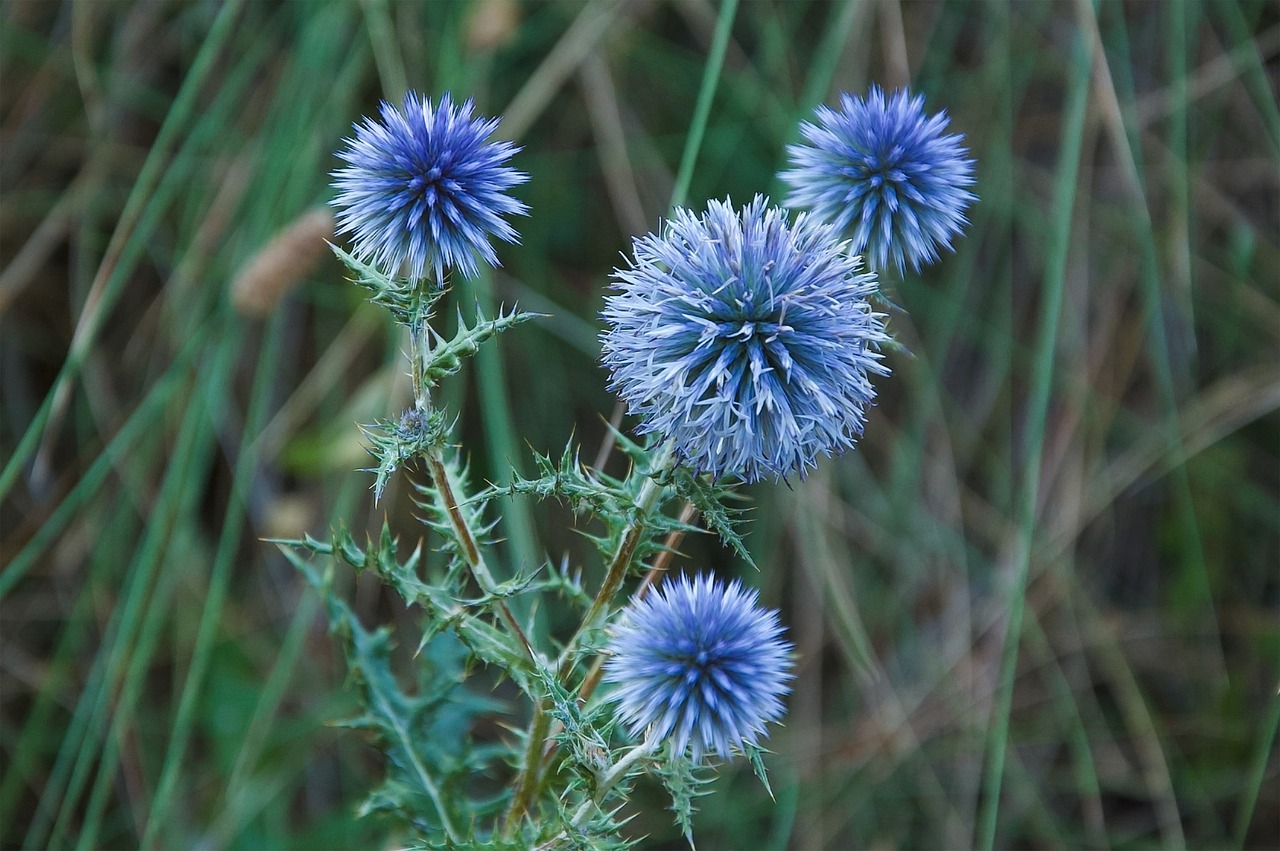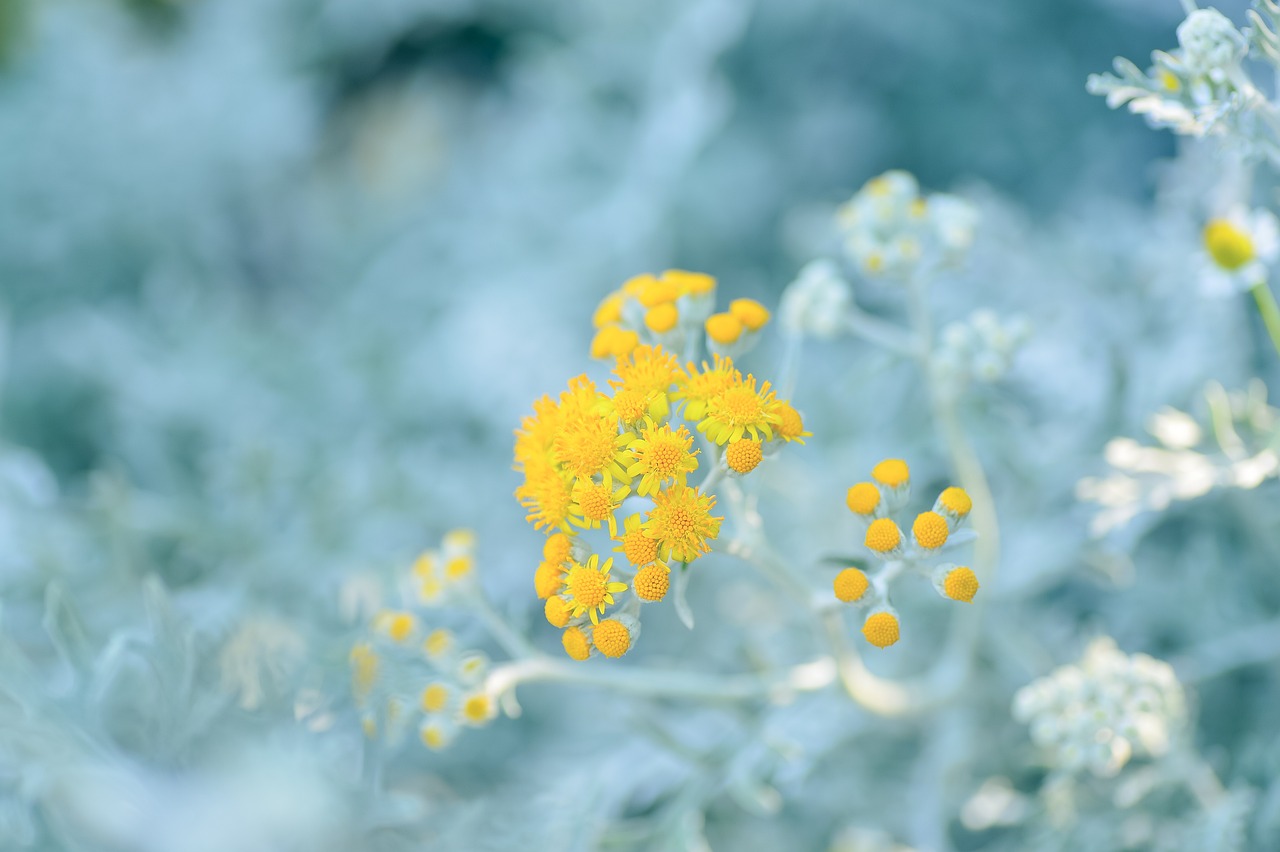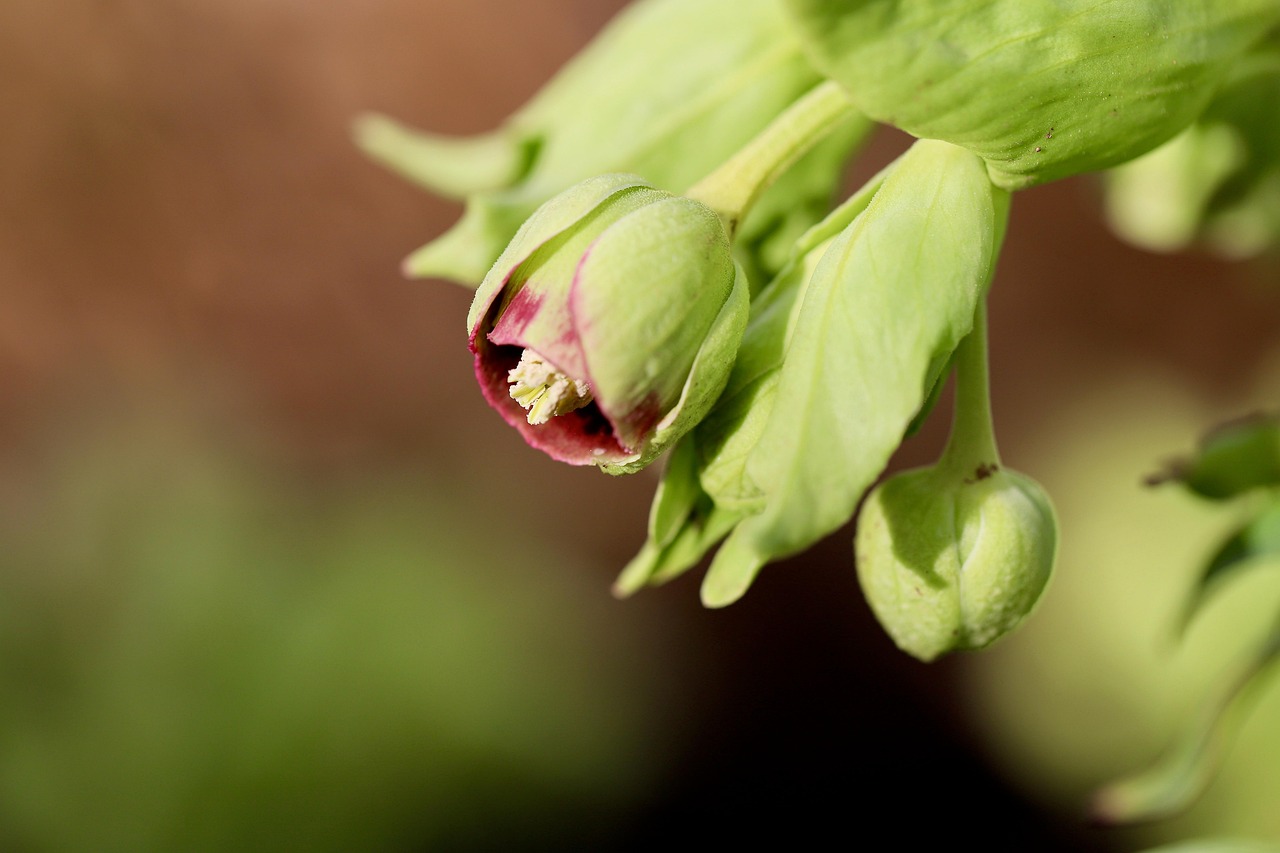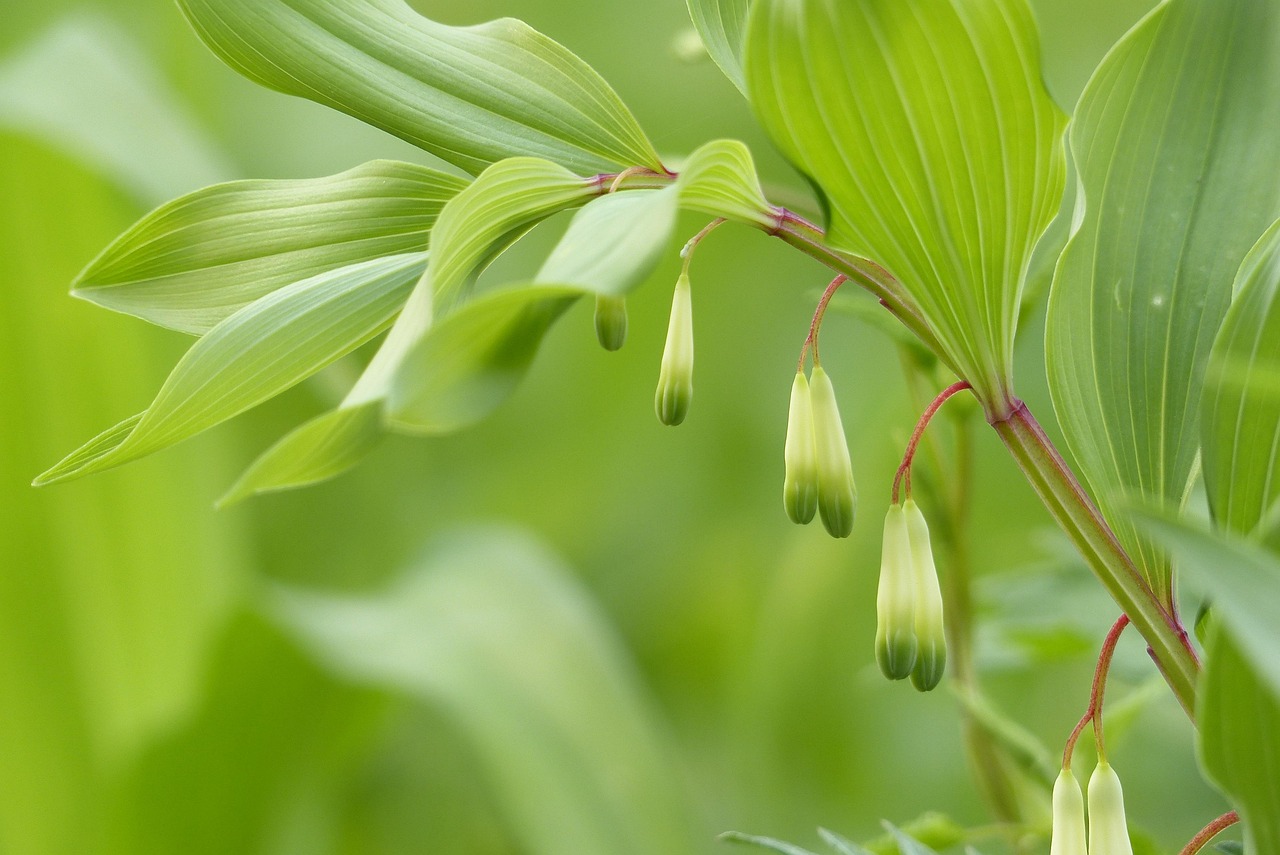Uchouran | A Flower Rooted in Edo Horticultural Culture
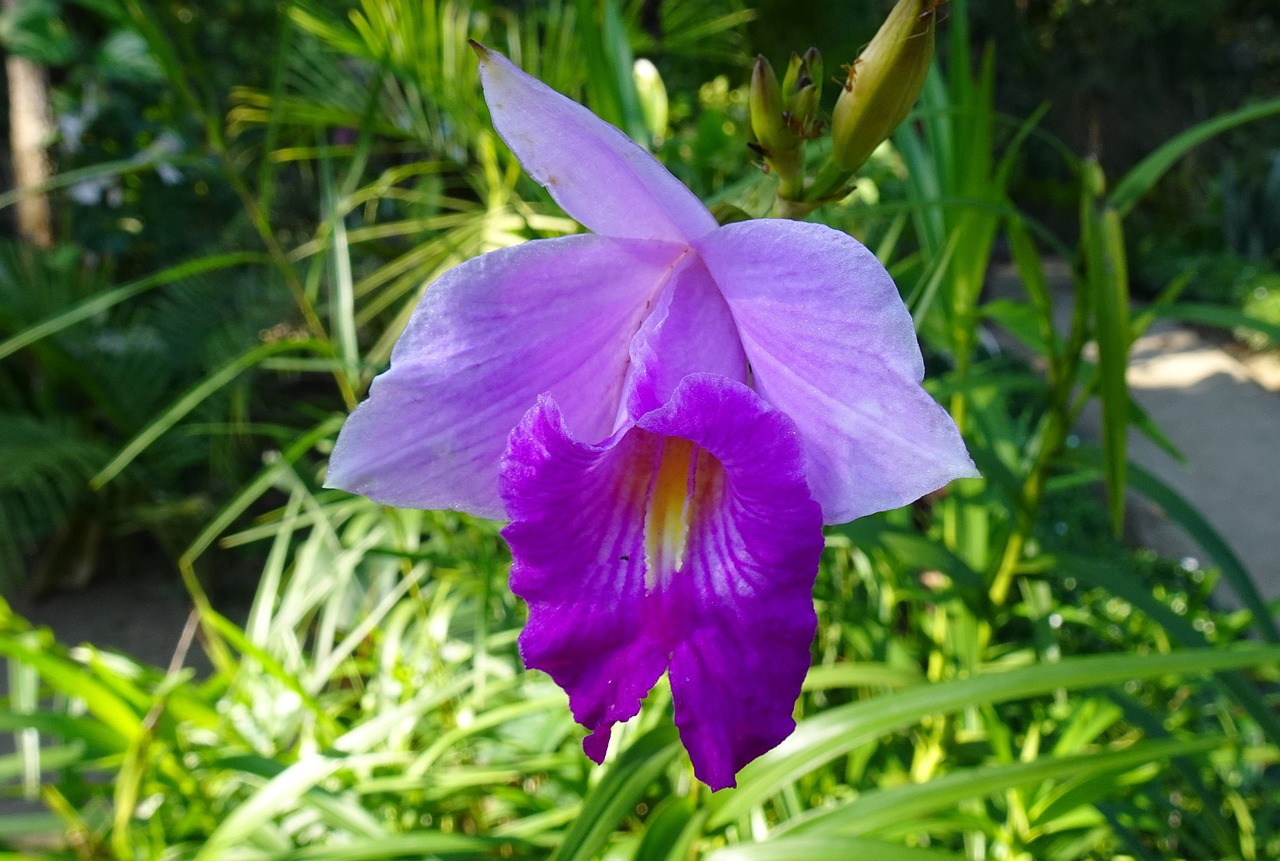
Uchouran (Ponerorchis graminifolia) is a perennial orchid native to Japan, characterized by its small and delicate blossoms and vivid colors. I value this graceful flower, which has long been cherished by enthusiasts, and it is widely cultivated both as a wildflower and as a garden plant.
In this article, I will explain in detail the basic information about Uchouran, its cultural and historical significance, and key points for cultivation.
Basic Information
- Scientific name: Ponerorchis graminifolia
- Family: Orchidaceae
- Origin: Japan, China, Korean Peninsula
- Appearance: Uchouran is a small perennial plant about 10–30 cm tall, with slender stems and linear leaves. In early summer, it produces small and delicate flowers in purple, pink, or white. The blossoms resemble dancing butterflies, which is why it is called “羽蝶蘭” (butterfly orchid). Numerous varieties and cultivars exist, displaying diverse colors and patterns.
- Flowering period: June to July
Cultural Significance Around the World
Uchouran has been especially beloved in Japan, where it is admired as a wildflower.
It has been used in tea ceremony and flower arrangement, as its pure and elegant appearance resonates deeply with the Japanese sense of beauty.
The flower is also cultivated as an accent in traditional Japanese gardens and bonsai, often arranged in small pots or moss balls.
From the Edo period to the Meiji era, a culture of appreciating wild plants flourished, and Uchouran became an object of admiration. Many improvements and new cultivars were developed during this time.
In recent years, its charm has been recognized in China and Korea as well, where its popularity as an ornamental plant has been growing.
Historical Episodes
Uchouran has long been found in Japan’s mountainous regions and has been loved by people for centuries.
During the Edo period, it gained popularity among wildflower enthusiasts, and plants with unique shapes and patterns were especially prized. This led to natural crossbreeding and selective cultivation, resulting in the wide variety of forms seen today.
In the Meiji era, influenced by Western botany, Uchouran drew renewed attention as a plant native to Japan. Once recorded in botanical encyclopedias, its value was reaffirmed, and it established its status as a horticultural plant.
Gardening Advice
Although Uchouran requires some care, with proper conditions you can enjoy its beautiful flowers. Below are key points for successful cultivation:
Light
Prefers partial shade. Avoid direct sunlight; dappled light is ideal.
Watering
Water moderately when the soil dries. As it is sensitive to overwatering, ensure good drainage and keep slightly dry.
Soil
Well-draining soil is essential. Use soil for wild plants, or a mix of akadama soil and leaf mold.
Fertilizer
During the growing season (spring to early summer), apply diluted liquid fertilizer once or twice a month. Avoid excessive fertilizer to prevent root damage.
Repotting
Every 2–3 years during dormancy (autumn to winter). Remove old roots and replant in fresh soil to promote healthy growth.
Overwintering
As it enters dormancy in winter, place in a cool area sheltered from cold winds. Protect it from frost.
Conclusion
Uchouran, with its delicate blossoms and vibrant colors, has long been cherished by enthusiasts.
By learning about its history and cultural background, and by providing the right growing environment, I can fully bring out its beauty. I encourage you to try cultivating Uchouran and experience its charm for yourself.


